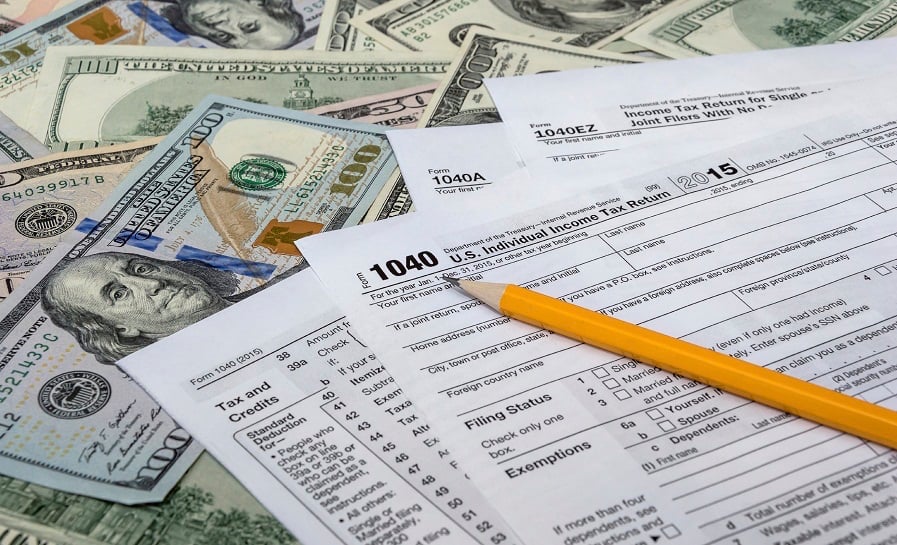The tax reforms enacted under President George W. Bush in 2001 and 2003 were highlighted by cuts to ordinary tax rates at all income levels. However, the savings from those cuts were muted for many taxpayers because the alternative minimum tax was still lurking, as only minor changes were made to those rules.
As a result, the number of taxpayers affected by AMT went from 1.3 million in 2001 to 5 million in 2005, according to the Tax Policy Center. Congress passed several AMT "patches" that tried to limit its impact, but even so millions of taxpayers had little hope of escaping this additional tax.
Congress avoided that issue with the most recent round of tax reform. In fact, the changes taking effect in 2018 will essentially make AMT a nonevent for most taxpayers.
Overview of AMT
The best way to describe AMT is that it's an entirely separate set of tax laws. Under AMT, income that would otherwise be tax-exempt becomes taxable, such as some forms of stock option income and interest on private-activity municipal bonds.
In addition, many expenses that otherwise would be deductible are disallowed. The most common are state income and property taxes, but the list also includes all "miscellaneous deductions," such as investment expenses, tax preparation fees and unreimbursed business expenses. Some types of home-equity interest were also disallowed.
The AMT also replaced the $4,050 personal exemption for each of a family's dependents with a flat amount based on marital status alone, which meant bigger families lost more deductions and were more likely to pay AMT. To top it all off, the AMT exemption itself was phased out at higher income levels.
In recent years, the AMT has become commonplace among higher earners, and those subject to it had almost no chance to avoid it.
(More: Repeal of investment expense deduction may change advisers' fee strategy)
2017 tax reform changed everything
In crafting the Tax Cuts & Jobs Act, Congress made sure not to let AMT spoil the party. It did so in three important ways, and as a result the Tax Policy Center forecasts the number of taxpayers paying AMT in 2018 will fall to just 200,000, well below the IRS's estimate of 4.5 million in 2015, which is the last year for which IRS data are available.
First, by capping the deduction for state and local taxes at $10,000 and eliminating the miscellaneous deductions and personal exemptions, Congress removed some of the biggest adjustments for
AMT. In recent years, the taxpayers most likely to pay AMT were those with significant state tax liabilities or large families with many dependents, meaning those related deductions often provided little to no value. So while taxpayers may be upset over the loss of those deductions in 2018, the reality is that now there is much less to add back to AMT, and therefore much less risk of paying that extra tax.
Second, while the regular tax personal exemption was eliminated, the AMT exemption was greatly increased. For couples, the exemption went from $84,500 to $109,400, and the singles exemption went from $54,300 to $70,300. These increases mean more income than ever is now exempt from AMT.
Lastly, in 2017 couples began to lose the AMT exemption at $160,900 of AMT income. Now, that phaseout doesn't begin until they reach $1 million (singles went from $120,700 to $500,000). So not only is the exemption larger, it's much harder to lose.
As a result of these changes, the majority of taxpayers who paid AMT in 2017 are likely to avoid it in 2018. In fact, in most cases it will take something unusual to trigger the tax, such as a large incentive stock option exercise, or a significant muni bond portfolio. But taxpayers who've been paying this extra tax simply because of the state in which they live or the size of their family may finally be able to get out from under the AMT.
(More: Bunching expenses is one way to recover benefits lost under tax reform)
Tim Steffen is director of advanced planning for Baird. Follow him on Twitter @TimSteffenCPA.







